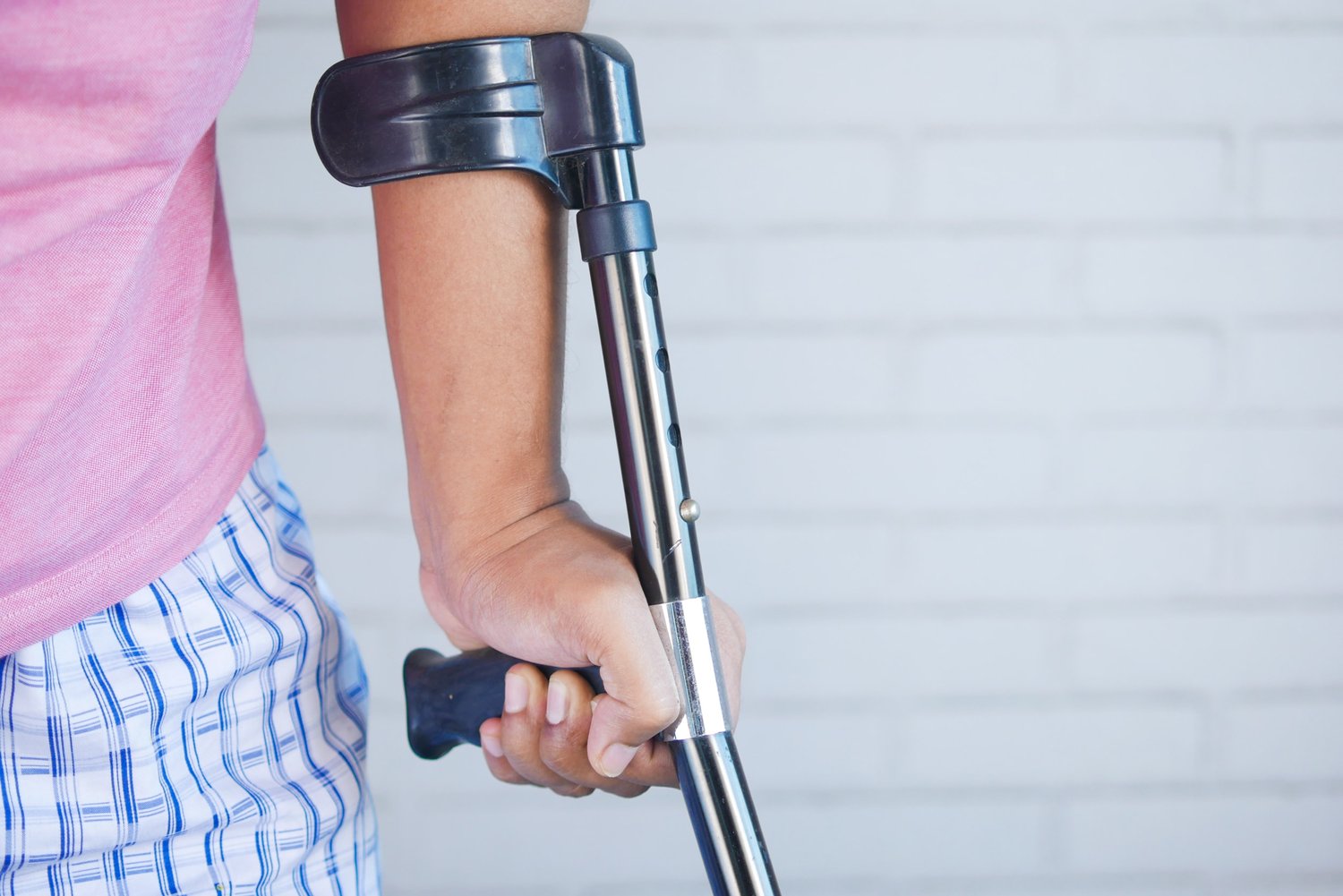2 min read
Temporary Partial Disability
Aaron Ferguson Law Dec 7, 2021 12:00:00 AM

Temporary Partial Disability (TPD) benefits are paid when an injured employee cannot return to work in a full time capacity or when the injured employee cannot make a similar amount doing the work they are now capable of doing due to the work injury. This person is entitled a wage loss benefit in the same way that someone who is off work entirely is entitled to Temporary Total Disability (TTD), or full wage loss.
The amount that is paid to the injured worker uses the same formula as someone that receives Temporary Total Disability benefits. That is to say that the injured worker receives ⅔ the difference between what they made before the injury and what they are now making due to the work injury. So, if someone makes $1,000.00 per week doing the job as a laborer and is now making $500.00 per week as an office worker, the amount of TPD benefits would be as follows,
-
$1,000.00 old wage - $500.00 new wage = $500.00
-
$500.00 x ⅔ = $333.33, TPD benefit rate.
The maximum weekly benefit one can receive is the same amount that an injured person could receive from Temporary Total Disability, as of October 1, 2021, is $1,256.64. This maximum compensation rate is subject to change every year and is calculated based on the State of Minnesota’s calculation of what’s called the Statewide Average Weekly Wage (SAWW). The maximum compensation rate for TTD and TPD is determined to be 102% of the SAWW.
Minnesota Statute 176 imposes a 275 week cap on the receipt of Temporary Partial Disability benefits. Additionally, an injured worker is only eligible to receive the TPD benefit for a period of 450 weeks after the date of the work injury.
So what exactly goes into making a determination that someone is eligible for the TPD benefit?
First, the injury must be work related. This is somewhat self-explanatory. The disability must be related to an injury at work and not one that happened out of the course and scope of employment.
Secondly, the injured worker must be able to work in some capacity. If they cannot work, then they would receive the previously mentioned Temporary Total Disability benefit.
Third, there needs to be an actual loss of earning capacity AND the loss of earning capacity must be causally related to the work injury.
Here’s an example; a very skilled and experienced laborer was injured at work and is now incapable of doing the same type of work as before. The injured worker takes a job at an office that pays them much less. There’s 2 parts to this analysis however. Let’s say the laborer is a bricklayer and they suffered an injury that doesn’t allow the worker to grasp a brick or utilize a tool necessary to the job. Let’s also say that this person has 30 years of experience. If the ability to do that job is now gone, the worker will need to find, not just another job, but an entirely separate career for which they may not have the training or the aptitude to acquire. They end up making copies in an office for $14.00 per hour. This worker has suffered a grievous loss of earning capacity because office work is the only job they can get with their level of skill outside of their chosen profession. There is an actual loss of earning capacity because the worker is not trained well enough to accomplish anything but the most menial office work. The loss is also related to the injury because, due to the loss of the ability to use their hands for the work, they cannot be a bricklayer any longer.
If all of the above is true, then that worker will receive a Temporary Partial Disability benefit.
If you have any questions about your specific work injury situation, please call the attorneys at Aaron Ferguson Law for a free consultation.
Get a Free Case Consultation

